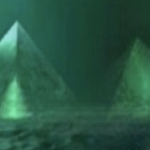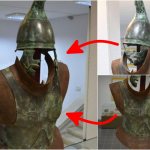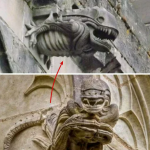“Extinct Fossil Fish” Discovered Alive in Madagascar That Dates Back 420 Million Years
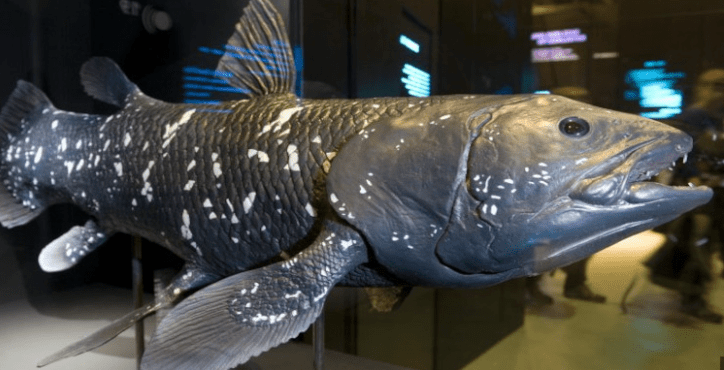
A group of South African shark hunters have unknowingly rediscovered a population of pre-dinosaur fish that many in the scientific community believed to be extinct.
The “four-legged fossil fish” known as the coelacanth has been found alive and well in the western Indian Ocean off the coast of Madagascar, according to a report by nonprofit environmental conservation platform Mongabay News.
Coelacanths, a species of fish that dates back 420 million years, were recently rediscovered off the coast of South Africa.
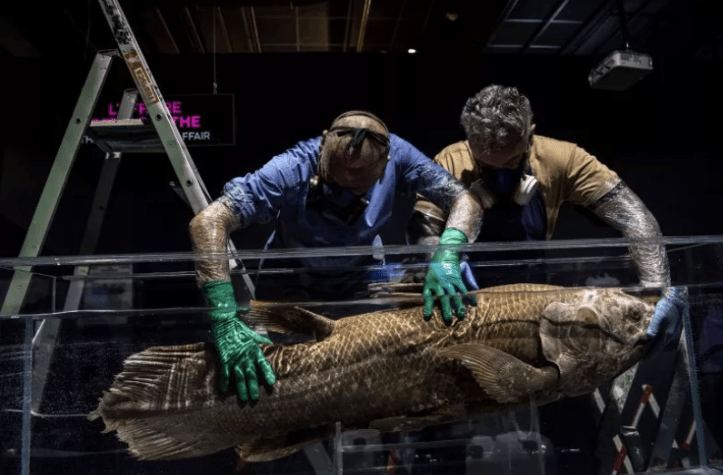
Its resurgence is due in part to fishermen using gillnets on their shark hunting expeditions, the outlet reported. As they continue to target sharks for their fins, oil and other business ventures, high-tech deep-sea nets can reach where coelacanths gather, between 328 and 492 feet below the water’s surface.
The species, which dates back 420 million years, was thought to be extinct until 1938, when the first living coelacanth in recent memory was discovered off the coast of South Africa, Mongabay News reported. Scientists were surprised to find a member of the species “Latimeria chalumnae” still alive, with its eight fins, a specific pattern of spots on the scales and its enormous bodies.
A recent study in the SA Journal of Science indicated that coelacanths could face a new threat to their survival with increased shark hunting, which began in earnest in the 1980s.

“Kharif gillnets used to capture sharks are a relatively new and deadlier innovation, as they are large and can be set in deep water,” the researchers noted in their paper.
They fear that coelacanths are now at risk of “exploitation”, especially in Madagascar.

“There is no doubt that large kharif gillnets are now the greatest threat to the survival of coelacanths in Madagascar,” they wrote.
Lead author Andrew Cooke told Mongabay News that he and other researchers were shocked by the increase in accidental coelacanth catches.
“When we looked at this further, we were amazed [by the numbers captured]… even though there has been no proactive process in Madagascar to monitor or conserve coelacanths,” he said.
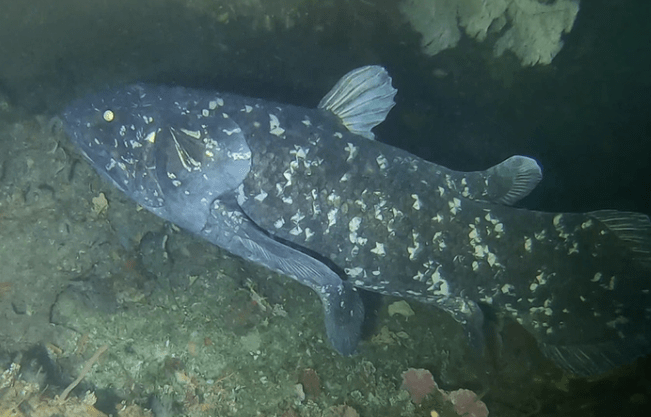
Their study goes on to state that since Madagascar is likely the “epicenter” for several coelacanth subspecies, it is imperative that conservation measures be taken to preserve the ancient species.
Despite Cooke’s documented cases of recent coelacanth hunting and alleged trafficking, not all researchers agree with his findings.
Madagascar government marine researcher Paubert Tsimanaoraty Mahatante told Mongabay News he is not worried about the species becoming a hot commodity among hunters.
“Catching a coelacanth is totally uncommon and somehow people are even afraid of catching something that is so uncommon. So I don’t think the coelacanths are being deliberately targeted,” Mahatante said.
Still, Cooke and his team want to continue educating people about the unique species of coelacanth based on about 40 years of research.
“The paper provides the first complete account of Madagascar coelacanths and demonstrates the existence of a regionally important population and extensive, suitable habitat,” they noted in the SA Journal of Science.
The coelacanth is not the only species rediscovered after becoming “extinct” in local populations. In April, a highly venomous sea snake was found in Australia for the first time in 23 years.

